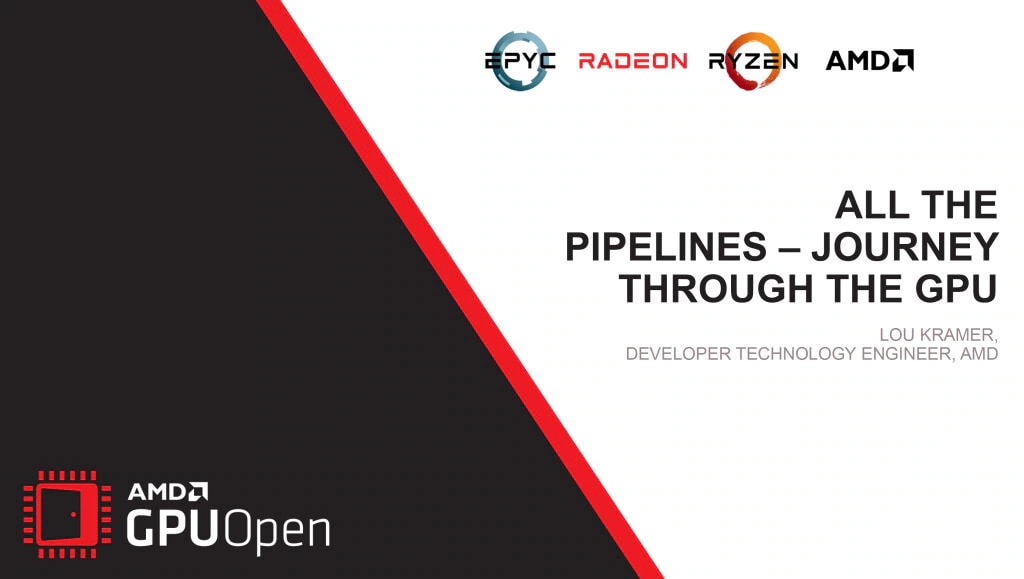This presentation by one of our engineers at GIC 2020 provides an introduction to the graphics pipeline.
Why this extra page to get to the video?
This video is not hosted on AMD’s YouTube channel, so we cannot put a link to the slides in the description there as we would normally do. We think you won’t want to miss the slides, so before you head over to YouTube (opens in new window) with the image thumbnail link above, make sure to grab the slides too!
